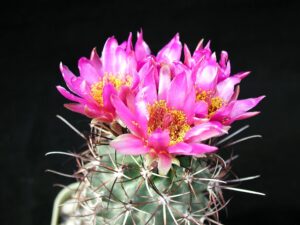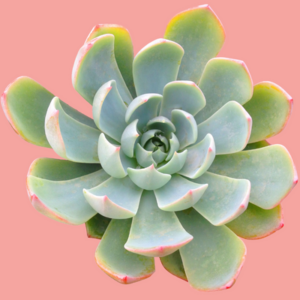When it comes to the care of cacti, one compelling question often emerges: how long can these resilient plants withstand the absence of water? While many perceive cacti as indomitable survivors in arid environments, they possess distinctive physiological adaptations that allow them to endure prolonged droughts. However, the nuances of cactus hydration are far more complex than one might assume.
Understanding the desert resilience of cacti is crucial. These plants boast specialized structures and metabolic processes that enable them to thrive in some of the most inhospitable terrains on Earth. Yet, even the most drought-resistant species require water at some point to sustain their vitality. The answer to the question hinges largely on several factors, including species, age, environmental conditions, and overall health.
Typically, a cactus can survive anywhere from a few weeks to several months without water, depending on these variables. For instance, smaller, younger cacti may dehydrate more quickly than larger, mature specimens that have adapted to store considerable moisture. So, how does one navigate the complex waters of cactus hydration? The following considerations can guide you in ensuring your prickly friends remain healthy and thriving.
Recognizing Signs of Thirst
One of the most effective ways to ascertain when a cactus needs water is by observing its physical indicators. A cactus that is thirsty might exhibit a few common signs. For starters, the plant may appear shriveled or deflated, indicating that it is losing internal moisture. In some instances, the color of the cactus might shift from a vibrant green to a pale hue, signaling that it may be in distress.
Another tactic involves assessing the substrate in which the cactus resides. If the soil feels dry to the touch several inches down, it may be time to water. It’s essential to consider that different species have varying thirst levels. For example, the Saguaro cactus can store vast quantities of water and can endure longer periods without watering than smaller cacti such as the Mammillaria, which requires more frequent hydration.
The Role of Temperature and Humidity
Environmental factors significantly influence how much water a cactus can retain and how frequently it requires watering. In hotter and drier conditions, cacti may experience accelerated evaporation rates, necessitating more frequent hydration. Conversely, in cooler and more humid environments, the plant may require less water.
For example, during the sweltering summer months, the plant might need watering every one to two weeks, whereas in winter, when temperatures drop, the frequency might decrease to once every month or every two months. Monitoring climatic conditions will enable cactus enthusiasts to adjust their watering schedules accordingly to replicate a more natural cycle and ensure optimal growth.
Strategic Watering Practices
Watering a cactus requires a strategic approach to avoid overwatering, a common pitfall among novice gardeners. It is advisable to adopt a philosophy of “less is more” when it comes to hydration. An excellent method involves soaking the plant thoroughly and then allowing the soil to dry out completely before re-watering. This cycle mimics the cactus’s natural habitat, where heavy rains are often followed by extended dry spells.
When watering, aim to moisten the soil around the root zone while avoiding the central stem. This prevents rot in the crucial areas of the plant. A well-draining potting mix is essential, as it ensures excess water can escape, further safeguarding against water logging. Additionally, choosing pots with drainage holes is a fundamental practice in cactus care.
Timing is also of the essence. The optimal time to water a cactus is in the morning or late afternoon, when temperatures are cooler, allowing the soil to absorb moisture before the intense midday sun dries it out.
Seasonal Adaptations
As seasons change, so should your watering schedule. During the growing season, typically spring and summer, most cacti experience active growth and may need more regular watering. However, when autumn approaches and the plant prepares for dormancy, it is vital to taper off water supply considerably. This adaptation ensures that the cactus conserves energy and resources through the colder months.
In winter, depending on the species, some cacti may not require any watering at all, while others might need minimal hydration. Familiarizing oneself with the specific needs of each cactus species can optimize care and maintain stunning, healthy specimens.
Conclusion
Understanding the intricate requirements of cacti is paramount for anyone who wishes to cultivate these remarkable plants. While their impressive ability to thrive in arid conditions is well-documented, the significance of providing appropriate watering techniques cannot be overstated. By recognizing signs of thirst, adjusting care according to environmental factors, and implementing strategic watering methods, cactus caretakers can ensure their beloved succulents flourish. Have fun exploring the captivating world of cacti, where every facet of care transforms these resilient plants into thriving green wonders.





Leave a Comment